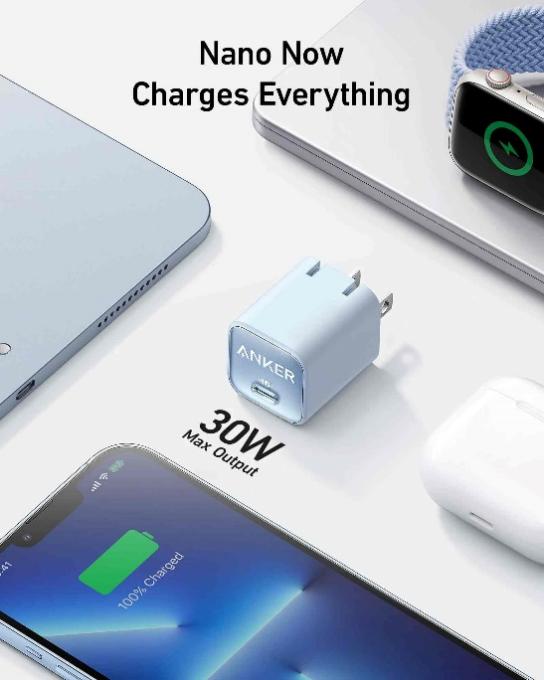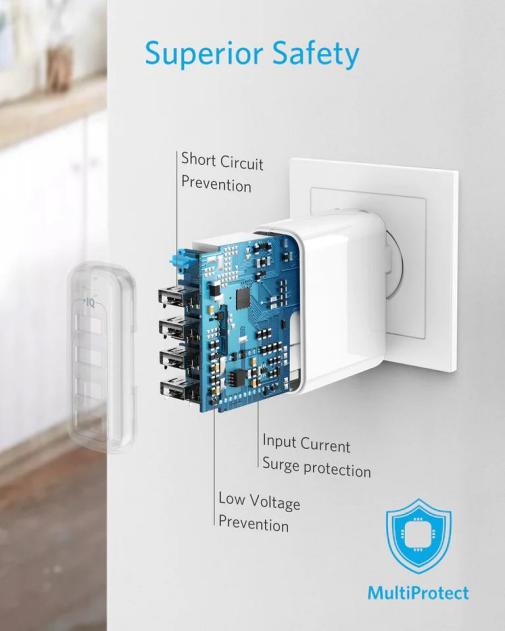The Benefits of Using a Fast-Charging Technology
The term "fast charging" refers to a system that regulates the flow of energy to either permit higher levels of currents or enhance the voltage that is flowing to the battery when talking about devices like smartphones. This is done to charge the battery more quickly. Adaptive Charging (Samsung and Motorola's standards), Turbo Charging (Oppo and Motorola's standards), VOOC Flash Charging (Oppo and Motorola), and SuperCharge (Huawei and other brands) are all names for fast charging, which is also known as quick charge and is based on Qualcomm's proprietary technology. Quick charge is another name for fast charging. So, to know more about fast charging, we have listed below the benefits and advantages that it can offer.
Advantages of a Fast-Charging Technology
There are already a few smartphones and tablets on the market that have battery capacities that are significantly higher than those of their main competitors. This is due, in part, to the fact that their screens have a large amount of available display (whether IPS or OLED), as well as detailed technological properties. Other producers merely add value to their products by offering batteries with a bigger capacity for marketing.

When it comes to the amount of time it takes to charge, electronic gadgets that have above-average battery capacities typically require significantly more time than is typical. It was not a viable choice to wait until they were completely charged before using them. In circumstances where time was of the essence, users would simply unplug them from an electrical outlet and make do with batteries that were only partially charged. However, the technology enables the use of batteries that have a greater capacity than was previously conceivable. This is because quick charging works to provide as much of a charge as is possible in as little time as possible.
Devices such as smartphones and tablets, for instance, cram a significant amount of computational power into a very tiny package. However, because increased computational powers require hardware with a greater demand on resources, these systems also have a higher overall power consumption. The majority of these electronic gadgets wouldn't last more than a day if they were used normally or frequently. If the battery in your mobile device dies, you won't be able to use it for anything else. Increasing the storage capacity of the lithium-ion batteries that are integrated into these devices is not a practical solution due to the constraints imposed by the form factor of the devices themselves as well as concerns regarding the devices' level of safety.
The remedy to this problem is provided by rapid charging. The amount of time required to completely charge a battery, which is essential for the operation of any mobile device, has been significantly cut down thanks to this technology, making charging a more convenient process. In addition, certain portable power banks and external batteries have quick-charging technologies built into them. The utility and portability of mobile devices are vastly improved by the addition of these accessories.
The rapid charging method provides an additional benefit in the form of battery protection, which is accomplished through both the hardware and the software. Because overheating and voltage surges can cause explosions and damage to the internal circuitry of the device being charged, these measures are necessary. Overheating can cause explosions and a surge in voltage can damage your smartphone.

Another illustration of this concept is provided by Samsung's adaptive charging standard, which enables rapid recharging of batteries up to a fixed percentage of their total capacity. When a certain limit is reached, the technology reverts to the standard method of charging the device. Intelligent Negotiation for Optimum Voltage, often known as INOV, is the primary quick charge technology offered by Qualcomm. Like its predecessor, Quick Charge 2.0, INOV is built on the central notion that more current is better. When both the battery and the gadget hit a predetermined temperature threshold, certain systems have a heat-detecting mechanism that either resets everything to its original condition or completely halts the charging process.
Conclusion
Fast charging is common today because of the benefits that it offers to its users. Aside from being able to charge your smartphone rapidly, the other benefits of using a fast charger for iphone or Android phones include allowing gadgets to perform more tasks since the battery will charge up faster and protecting the smartphone’s hardware and software to avoid overheating and damage. Having all that, we hope that you are now convinced to switch to fast chargers!
